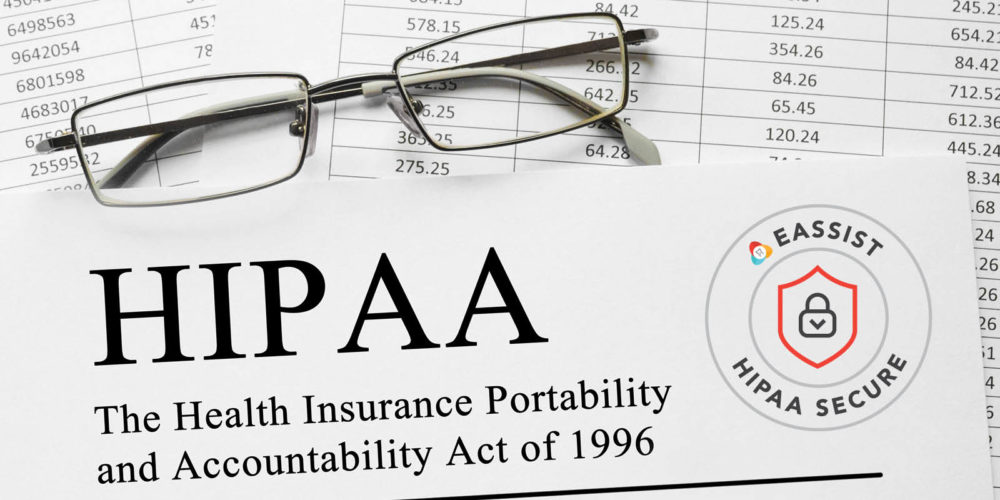Teledentistry and Coverage
Dentists can use teledentistry, which utilizes “information technology and telecommunications,” to remotely connect them to patients who cannot easily go to their clinics, such as those in rural areas, elderly people in care homes, and children in certain schools (“Teledentistry 101: Everything you need to know about remote dentistry”). This virtual connection allows them to discuss dental care and procedures with these patients (“Teledentistry 101: Everything you need to know about remote dentistry”). To facilitate this connection, dentists need “a computer or tablet with a means of HIPAA-compliant communication software,” “[intraoral] cameras and portable x-ray devices (e.g., a Nomad)” in order to “capture images for transmission,” and “Internet access” from both dentists and patients (Derr 2018). Teledentistry could help people access dental care and may be covered by insurance, depending on the policy and state.
Dentists can use teledentistry to provide their services to other people unable to go to their practice. Dental providers can utilize “video conferencing technology” to discuss dental care with their patients (Wald 2018). Before that meeting, dentists should examine photos or videos of their patient’s teeth, which could be sent by the patient, and the patient’s dental records (Wald 2018). Alternatively, hygienists with portable equipment could perform preventive care for the patient and take pictures of his or her teeth at places, such as “schools, nursing homes, and conference rooms…” (Auger 2017). Afterwards, they send their information on the patient electronically to a dentist, who examines it and then consult patients “through web consultant, patient portal, and/or phone call” (Auger 2017). After talking to the patient about his or her dental needs, dentists could prescribe them medication or schedule them for a procedure in-house at a later time (Wald 2018). Teledentistry can be utilized in many settings and situations, such as mobile dental clinics, independent hygienists, nursing homes, education, etc. (Derr 2018).
Coverage for teledentistry may be available to patients. Dentists can provide two types of CDT codes for teledentistry on their claims so that patients could receive coverage for it (Wald 2018). A code exists for synchronous teledentistry, which describes a process where the dentist examines the patients’ dental information collected and stored on “cloud-based dental software” by the hygienist and the patient’s medical and dental records (DiGangi 2017; Guignon and Purdy 2017). Then, the hygienist and dentist talk to the patient about his or her treatment needs (Guignon and Purdy 2017). There is also a code for asynchronous teledentistry, which describes a situation where hygienists “store the patient information in a HIPAA compliant format that is available for the dentist review later” (DiGangi 2017; Guignon and Purdy 2017). Some states, such as California, Arizona, and Montana, mandate insurance coverage for teledentistry (Dietsche 2017; DiGangi 2017).
Teledentistry helps patients access dentists for necessary care. Dentists should check whether their patient’s policy provides benefits for this type of care.
Works Cited



Onemedall
Hi it is great that through the helps of this many patients can not be able to pressure going to clinic because by the help of this information they can be taking care in home.